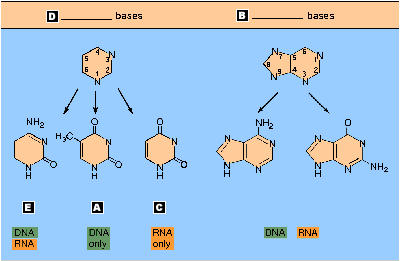Cards In This Set
| Front | Back |
 __________is an enzyme that degrades the peptidoglycan found in the bacterial cell wall. |
Lysozyme
|
|
The __________is the critical permeability barrier separating the inside from the outside of the cell.
|
Cell membrane
|
|
A bacterium that is spherical or ovoid in shape is called a/an __________.
|
Coccus
|
|
__________are proteins that transport a substance along with another substance, usually a proton (H+).
|
Symporters
|
|
__________are proteins found in the periplasm that bind a substance then transfer it to membrane bound proteins for transport.
|
Periplasmic binding proteins
|
|
__________are intracellular crystal particles in bacteria that are made of the iron mineral magnetite.
|
Magnetosomes
|
|
The most commonly found microscope, particularly in elementary teaching laboratories, is called the
|
Bright-field microscope.
|
|
The minimum distance that two objects may be separated and still be detected as two particles, rather than a single particle is:
|
The microscope's resolution.
|
|
The light microscope that is often used to view internal structures of living cells without staining is
|
Phase-contrast microscope.
|
|
Direct a beam of light, illuminate only a single plane of the specimen. the plane of light, up and down, one can generate a 3d pic
|
Confocal scanning laser microscope
|
|
The specimen is coated film of a heavy metal, gold, then observed by using an electron beam directed on the specimen from above.
|
Scanning electron microscopy
|
|
The most frequent mode of bacterial motility uses structures called a _______.
|
None of the above
|
|
The enzyme lysozyme degrades which of the following?
|
Peptidoglycan
|
|
Endotoxins are composed of which of the following?
|
LPS
|
|
LPS would be found primarily
|
On the outer leaf of the outer membrane.
|



